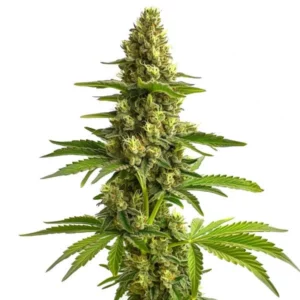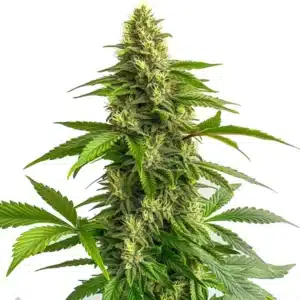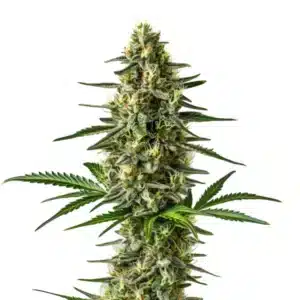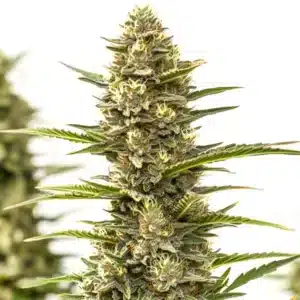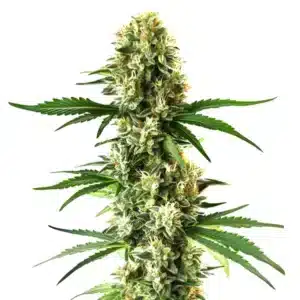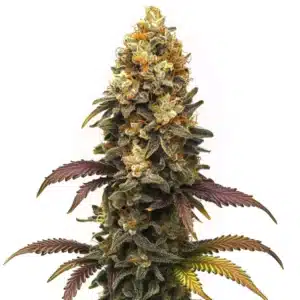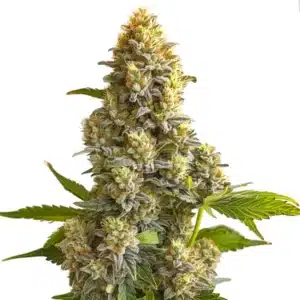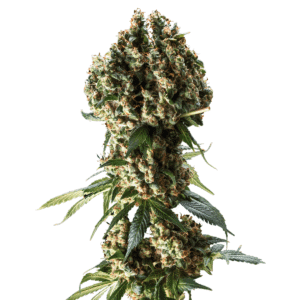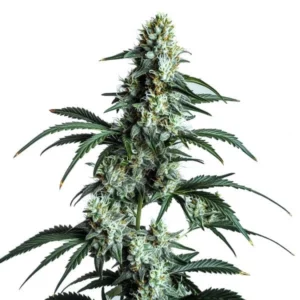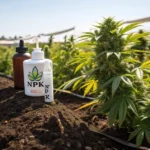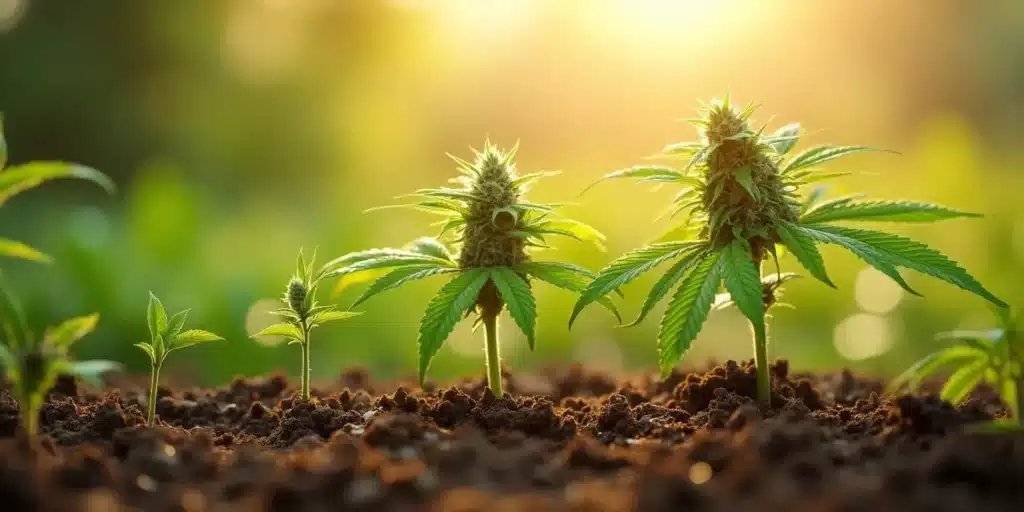
Best Outdoor Weed Fertilizer
For anyone nurturing cannabis outdoors, selecting the right fertilizer can significantly affect plant vitality and harvest. This guide explores the best outdoor weed fertilizers suited for various growth phases and designed to enhance the natural attributes of cannabis plants.
What to Consider When Choosing Outdoor Weed Fertilizer
When choosing fertilizer for outdoor cannabis cultivation, it’s essential to weigh factors such as plant life cycle, soil characteristics, and nutrient needs. Different growth phases demand varying nutrients, and getting these aspects right can optimize your crop.
Recommended Strains
Bruce Banner #3
|
|
THC | 20% - 29% (High) |
|
|
Type | Feminized |
|
|
Yield | Medium |
|
|
Phenotype | 50% Indica / 50% Sativa |
Bruce Banner #3 FBV
|
|
THC | 19% - 23% (Medium) |
|
|
Type | Fast Flowering |
|
|
Yield | Medium |
|
|
Phenotype | 50% Indica / 50% Sativa |
Here are a few key points to keep in mind:
- Growth Phase: Cannabis undergoes distinct phases: germination, vegetative, and flowering. Each phase requires a specialized mix of nutrients to support optimal growth.
- Soil Quality: Testing your soil can provide insight into the nutrients already present. This helps you avoid the pitfalls of over-fertilization.
- Organic vs. Synthetic: Many growers prefer organic fertilizers, as they enhance soil health and foster beneficial microbial activity, which can boost plant growth.
Promos & Deals
Types of Fertilizers for Outdoor Cannabis
When it comes to outdoor cannabis cultivation, there are primarily two categories of fertilizers available: organic and synthetic. Each comes with its advantages and drawbacks, depending on your cultivation method and personal tastes.
Organic Fertilizers
Organic fertilizers are derived from natural sources and include materials like compost, aged manure, and bone meal. Not only do they provide essential nutrients, but they also contribute to improving soil structure and the overall health of the microbiome.
Here are some excellent organic choices:
- Blood Meal: Rich in nitrogen, it’s an ideal option for the vegetative stage, enhancing foliage growth.
- Bone Meal: This fertilizer adds phosphorus, promoting strong root development and healthy flowering.
- Fish Emulsion: A nutrient-dense liquid fertilizer that supports both root and foliage health.
Organic fertilizers often take longer to release nutrients but can result in more sustainable plant growth over the long term. By employing organic options, you’re not just feeding your plants; you’re nurturing the environment they’re growing in.
Synthetic Fertilizers
Synthetic fertilizers, on the other hand, are chemically formulated to deliver specific nutrients in precise amounts. They can provide rapid nutrient availability, but they often lack the added benefits of organic fertilizers that help improve overall soil health.
High-quality synthetic fertilizers can be particularly useful when fast results are needed, especially in less fertile soils. Here are a few synthetic options:
- N-P-K Blends: These blends provide a clear understanding of nitrogen, phosphorus, and potassium ratios essential for different growth stages.
- Bloom Boosters: Specifically designed for the flowering phase, they are typically higher in phosphorus to promote flower development.
- Slow-Release Fertilizers: These gradually provide nutrients, which helps mitigate the risk of nutrient burn, ensuring a steady supply of nourishment.
Feeding Schedule for Outdoor Cannabis
Understanding when to apply fertilizer is just as critical as knowing which type to choose. An effective feeding schedule can optimize the growth trajectory and health of your cannabis plants.
Here’s a basic feeding schedule based on the different plant life cycles:
- Seedlings: During the initial stages, minimal nutrients are necessary. A light, balanced fertilizer can be beneficial about two weeks after germination.
- Vegetative Stage: Every two weeks, use a nitrogen-rich fertilizer to support plant structure development.
- Flowering Stage: Transition to a phosphorus-rich fertilizer to encourage bud formation, feeding every 10 to 14 days.
By tailoring your feeding schedule to the specific needs of each growth phase, you’ll help maximize both the health and the eventual yield of your plants. Remember to observe your plants closely for signs of nutrient deficiencies or excesses, adjusting your schedule accordingly.
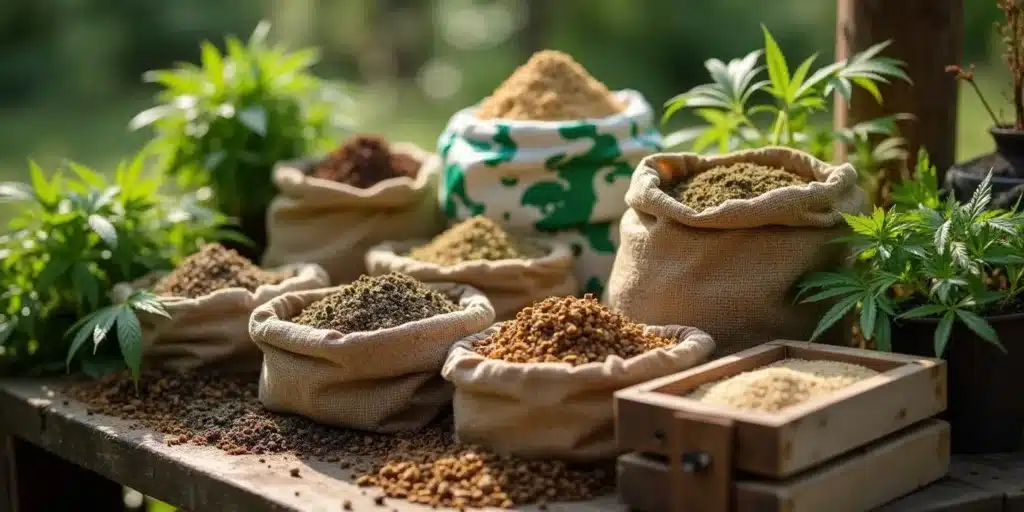
Best Outdoor Weed Fertilizer Options
Choosing among the myriad of fertilizers can be daunting. Below are some of the top outdoor weed fertilizers that many successful growers swear by:
1. FoxFarm Grow Big Liquid Concentrate
This popular fertilizer provides a perfect mix of nutrients to promote vigorous vegetative growth. The balanced ratios of nitrogen and essential micronutrients result in lush, green plants that are ready for the next growth phase.
Growers appreciate the ease of use with FoxFarm, making it an excellent choice for both novices and experienced cultivators. The concentrated formula ensures you get more out of every bottle, allowing for more substantial applications throughout the growth cycle.
2. General Organics BioThrive
A versatile organic fertilizer that supports all growth phases, BioThrive is user-friendly and delivers impressive results for both novice and seasoned growers. It’s designed to cater to a wide range of plants, making it a favorite in the garden.
Its balanced nutrient profile allows for flexible application, providing the essential support for your plants without the risk of nutrient burn—ideal for those who might be new to cannabis cultivation.
3. Advanced Nutrients Bloom
This fertilizer was specially formulated for the flowering stage, enhancing bud production while ensuring overall plant vitality. Its carefully tailored nutrient ratio helps growers maximize their yield, making it a go-to for those serious about achieving quality results.
Advanced Nutrients Bloom not only supports flowering but also contributes to a healthy plant environment throughout the growth cycle, providing the right conditions for exceptional harvests.
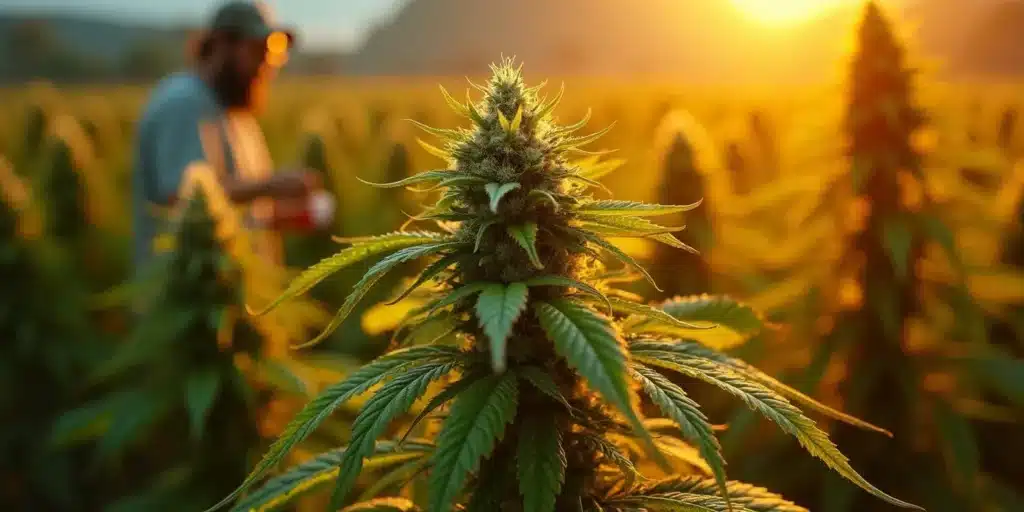
Common Issues and Solutions
Growing cannabis outdoors is not without its challenges. Here are some common problems and effective solutions to keep your plants thriving:
Nutrient Deficiencies
Deficiencies in essential nutrients can hinder the growth and yield of your cannabis plants, often leading to symptoms like yellowing leaves, stunted growth, or poor bud quality. Conducting a soil test is an excellent starting point to determine what nutrients may be lacking.
If you suspect a nutrient deficiency, applying a balanced fertilizer that contains the missing nutrient can be a quick solution. For example, yellowing leaves may suggest a nitrogen deficiency, indicating the need for an immediate nitrogen boost.
Over-Fertilization
While it may seem beneficial to provide extra nutrients, over-fertilization can lead to nutrient burn, evident through browning leaf tips and edges. This condition can be distressing for growers, but there are ways to mitigate the impact.
If you notice signs of nutrient burn, flushing the soil with plenty of water can help remove excess nutrient buildup. After that, allow the soil to dry out before reapplying any fertilizer, giving your plants a chance to recover without stress.
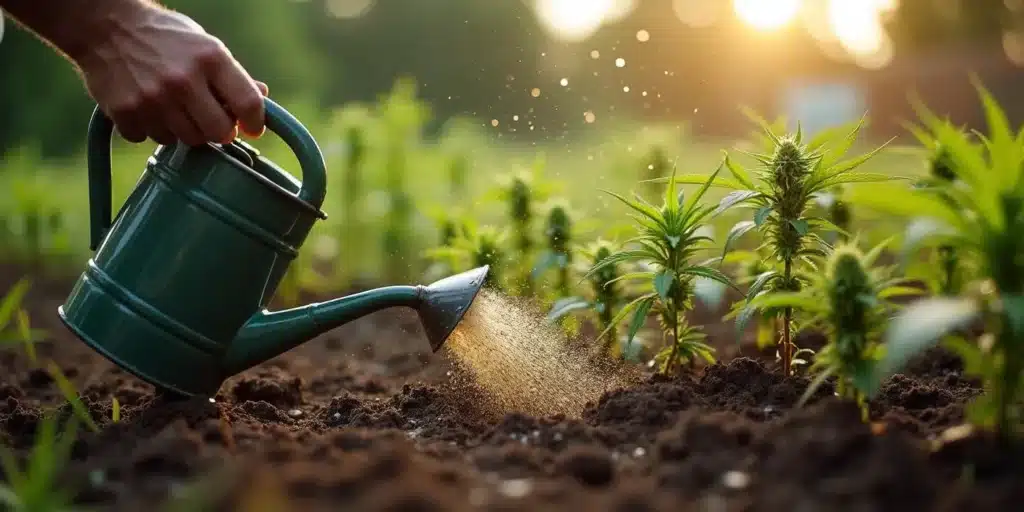
FAQs
What nutrients are necessary for outdoor cannabis growth?
Cannabis plants thrive on macronutrients including nitrogen, phosphorus, and potassium. Additionally, micronutrients like calcium, magnesium, and iron play vital roles in overall plant health, contributing to optimal growing conditions.
Can I use fruit and vegetable fertilizers for cannabis?
Absolutely! Fertilizers formulated for fruits and vegetables can be effective for cannabis plants, especially those designed for organic gardening. Just ensure the nutrient ratios align with your plant’s current growth phase for optimal effects.
How often should I fertilize my outdoor cannabis plants?
This frequency depends largely on the growth phase and the specific fertilizer in use. Typically, during the vegetative stage, every two weeks is a prudent interval, while in flowering, feeding every 10 to 14 days is advisable for the best outcomes.
What is the best way to apply organic fertilizers?
There are a couple of effective methods for applying organic fertilizers. You can either apply them as a top dressing on the soil surface or mix them into the soil before planting. For liquid organic fertilizers, diluting them and watering plants directly can enhance nutrient absorption.
Are there any risks associated with over-fertilizing cannabis?
Yes, over-fertilization can be harmful to cannabis plants, leading to nutrient burn, poor growth, or even plant death in severe cases. To avoid this, it’s crucial to follow the recommended dosage guidelines and adjust based on your plants’ responses to ensure healthy growth.
The choice of fertilizer profoundly influences the success of outdoor cannabis cultivation. With the right information and products, growers can ensure their plants flourish and produce the desired yields. Armed with the best outdoor weed fertilizer options and best practices, you’ll be on your way to enjoying a rewarding growing season.


